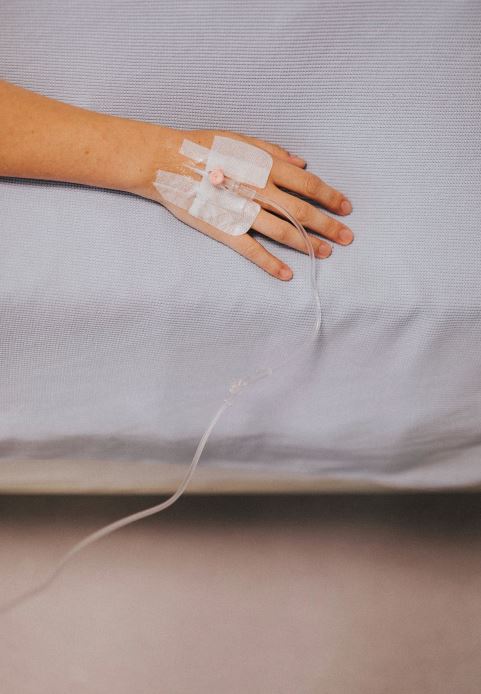
It is no secret that blood is our lifeline. Too little of it in the right places and abnormal health consequences will result. At the same time, we can receive blood transfusions from the right people at the right time. When this happens, lives can be saved. It is literally a race against time in many cases. Individuals with Immune Thrombocytopenia (ITP) are all too aware of this reality. People suffering from this malady have a decreasing number of platelets circulating through their body. Platelets are very tiny blood cells that help your body heal and form blood clots to stop bleeding. Without platelets you bruise, you don’t heal, and your blood doesn’t stay in your veins or organs.
If you have been a donor in the past, or you are just now considering making your first donation, here are three ways that donated blood is often used. You may just save a life with your next donation.
Boosting Blood Platelet Counts
The human body is designed to produce its own blood platelets. A proper balance of these platelets is necessary in order to sustain life. If a person does not have enough, then adverse health consequences will result in many cases. If this situation persists, a simple fall could cause a lot of damage. You could randomly start bleeding from your heart, brain or other organs. . Your plasma donation actually helps individuals who are not producing enough platelets on their own. Plasma donations are used to create medicine like IVIG. This is one way people can boost their platelet counts while they are in treatment. This plasma donation can keep someone in a healthy level in an emergency. This is why we can say for a fact that your one donation may quite possibly save a life.
Platelet Transfusion
There are also times when the platelet count in the human body is critically low. This means that the human body will no longer be able to sustain life if something is not done right away. If a blood donation is not available, then the patient could die. A platelet transfusion can remedy this situation right away, but only if the right blood type and platelet count were available at the time via a donation. This is used in emergency cases. Because there are so many variables when it comes to human products like transfusion or IVIG, you want to make sure you’re giving the right amounts, to the right person, at the correct rate. To avoid any errors many hematologist offices have an IV Infusion Pump. This helps to make sure the right treatment is given to each patient in the oncologist office. Especially when they receive a lifesaving treatment like Rituxan.
Blood Transfusion In An Operation
Sometimes splenectomy is recommended for ITP patients whose spleen seems enlarged. Every ITP patient journey is different. Some people don’t produce platelets, some trap them, and some destroy the ones made. For those who need a splenectomy it can be a scary decision as it’s usually because their platelets are low. Having low platelets, being at the risk of bleeding out, and going into surgery is a scary situation.
Surgery often drains a lot of blood during surgery. If this is the case, there must be a suitable supply ready to be transfused into the body. Without this supply, the individual could bleed out and die on the table. Again, a blood donation made at the right time can help keep this from happening.
Blood donations can be used in so many different ways that it is difficult to highlight them in such a small post. These three ways alone illustrate just how important it is to become a donor if you are at all physically able to do so. You might think that one donation cannot possibly make a difference, but that would be wrong. Your donation might just save a life today, so do not hesitate in making the right decision.

